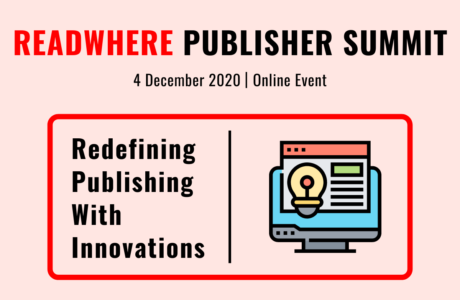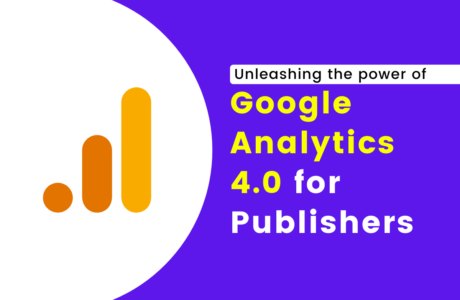In this article, we shall talk about Web Vitals and the three core metrics of the same that can help publishers know more about their content and its performance.
What is Web Vitals?
Web Vitals is an initiative by Google that assists in providing a seamless user experience on the web. A site owner should be able to know about the performance of the site if they want to grow and gain more users. But how is it done?
Over the years, a number of tools have been used to measure the performance of a site considering various metrics. Web Vitals makes the job easier by helping to provide unified guidance to achieve a great user experience.
Core Web Vitals
Have in-depth knowledge about the real-world experience of a user-centric outcome with Core Web Vitals (a subset of Web Vitals). Here are the 3 key aspects to ensure an impressive user experience:
1. Loading
2. Interactivity
3. Visual Stability
Learn everything about Core Web Vitals in this detailed webinar by team Readwhere
Here is how all these three aspects can be taken care of
Largest Contentful Page (LCP) –
Do you often get a question about the load time of the main content of your site page? Do you often wonder when the content is visible to the user when he/ she clicks on the page?
What if it takes more than usual time to load, does the user stay or just leaves your site?
Largest Contentful Paint is the ultimate answer to all such questions. It is an essential and user-centric metric to measure perceived load speed. It keeps you updated about the point in the page load time when the page’s main content is completely loaded and visible to the user. A good or fast LCP assures that your page is useful or not.
Good LCP Score for Core Web Vitals

A site that loads in the first 2.5 seconds is considered to have a good LCP score. If your site takes between 2.5 to 4 secs to load, then it needs improvement. For a site loading after 4 seconds, it is considered to have poor LCP according to the core web vitals. Considering the 75th percentile of page loads, segmented across mobile and desktop devices one can hit the target of obtaining a good threshold for the site.
First Input Delay (FID) – When you talk about responsiveness, you have to consider First Input Delay because the first impression makes a huge impact on the web. FID quantifies the experience of a user while he/ she is interacting with the site pages. A shabby experience can just turn your potential user down. Here is when the First Input Delay plays a key role so that the user stays and chooses to come back to the page. It helps you measure the user’s first impression of your site’s responsiveness and interactivity.
Good FID Score

With this user-centric metric for measuring load responsiveness, the site should be able to have a First Input Delay of fewer than 100 milliseconds. If it takes time between 100 to 300 milliseconds, it needs improvement. Anything more than 300 milliseconds is considered Poor FID Score as per the core web vitals. Considering the 75th percentile of page loads, segmented across mobile and desktop devices one can hit the target of obtaining a good threshold for the site.
Cumulative Layout Shift (CLS) –
Now that you have checked the load time and responsiveness of your site and pages, what’s next?
Visual Stability
Don’t you get annoyed when something goes abruptly wrong on the page that you are reading? It may be shifting of texts, links and images and you just lose your interest in staying further on that page, isn’t it?
Cumulative Layout Shift is the solution to this major problem faced by site owners. It helps you identify how often the user experiences unexpected layout throughout the lifespan of the page. The more it occurs, the more it gets worse for your site.
Good CLS Score:

A good Cumulative Layout Shift is considered when a site manages to get a score of less than 0.1. For the score of 0.1 to 0.25, improvement is expected. However, a score of more than 0.25 is considered as a bad score. Considering the 75th percentile of page loads, segmented across mobile and desktop devices one can hit the target of obtaining a good threshold for the site.
Choose Readwhere CMS to build a user-friendly website and boost your revenue.
Now that you are completely aware of the core metrics of Web Vitals, it is a good time to get kick-started and analyse your site based on the core aspects. If you have any doubts and queries about web vitals and the three core metrics involved, feel free to get in touch with us. Simply write to us at helpdesk@readwhere.com and we will be happy to help you.





